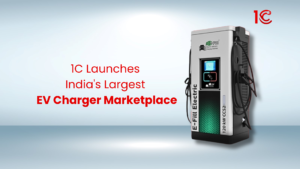
Menu
Menu

Type 6 charging / Type 6 charger
The electric vehicle (EV) market in India is experiencing exponential growth. Owing to increasing environmental awareness and supportive government policies, the sales of all types of electric vehicles have been increasing rapidly. Despite this surge, the biggest challenge remains the availability of widespread and reliable charging infrastructure.
While defined charging standards exist for cars and buses in the form of CCS, CHAdeMO, GB/T, and NACS, no such standards have been established for two-wheelers (2-W) and three-wheelers (3-W). Historically, the focus has been on cars and buses, but with the rising sales of scooters and e-rickshaws, the lack of this standardised charging infrastructure for 2-W and 3-W is hampering the growth of the EV charging infrastructure.

To address this lack of standardised charging infrastructure, the government of India has notified the adoption of Type 6 and Type 7 EV chargers. The emphasis is on the importance of building a better charging environment for two-wheeler and three-wheeler light electric vehicles (LEVs) and aims to set up a safe, strong and consumer-friendly charging infrastructure.
This gap in the infrastructure landscape is now being addressed by 1C, backed by Massive Mobility, as they embark on a mission to build India’s largest network for Type 6 chargers, starting with initial hubs in Delhi-NCR.
Both Type 6 chargers and Type 7 chargers have been launched and are being manufactured. However, Ola Electric is a dominant player in India’s electric two-wheeler EV market, capturing a market share of 52% as of April 2024. With the launch of its initial public offering (IPO), the demand for its 2-W EVs is expected to increase further. This anticipated growth will likely lead to a higher demand for Type 6 chargers as compared to Type 7 chargers.

Type 6 (IS 17017-2-6) DC fast chargers are designed to offer a continuous charging current of up to 125A. This connector is gaining popularity among e3W (L5) original equipment manufacturers (OEMs) such as Altigreen, ETO Motors, and Surja Automotive. It supports larger battery packs and ensures faster charging times. Type 6 connectors are seen in well-known models such as the Ola S1 Pro. The Type 6 connector, approved globally, is now being manufactured locally by top connector makers in India, significantly reducing costs and promoting widespread adoption.
The Automotive Research Association of India (ARAI), a leading testing and certification agency, has established validation and testing capabilities for the IS 17017-2-6 connector and the IS 17017-25 protocol. This ensures that all components and systems adhere to the set standards, guaranteeing reliability and safety for end users.
1C’s initiative to build the largest Type 6 charger network in India is a strategic move to cater to the growing demand for efficient and accessible charging solutions for EVs. Shantanu Shrivastava, the business head of 1C, stated, “We are collaborating with multiple vendors and OEMs to create a seamless and reliable EV charging network. Our focus is on promoting Type 6 chargers for fast charging and building an interoperable network.”
This network will serve the needs of the market while paving the way for future advancements in EV technology. By starting in Delhi-NCR, a region with significant EV adoption, 1C aims to create a model that can be replicated across the country.
1C’s approach involves working closely with various stakeholders, including OEMs, and component manufacturers, to ensure that the charging infrastructure meets the highest standards of efficiency and reliability. This collaborative effort is important for building a sustainable and scalable network that can support the expected growth in the EV market.
Share this article:
Follow us to stay updated about the world of E-Mobility!

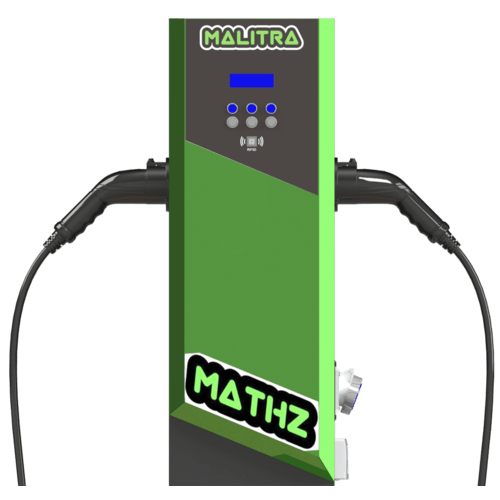
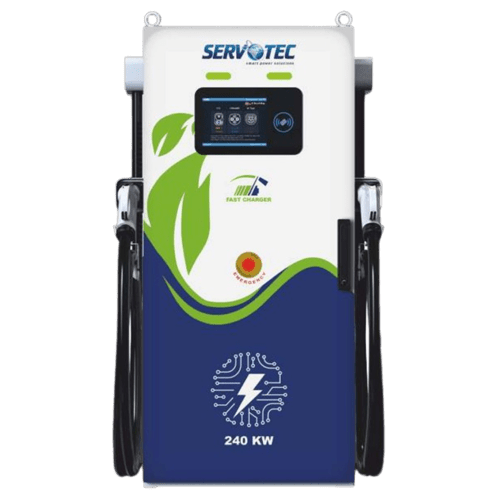
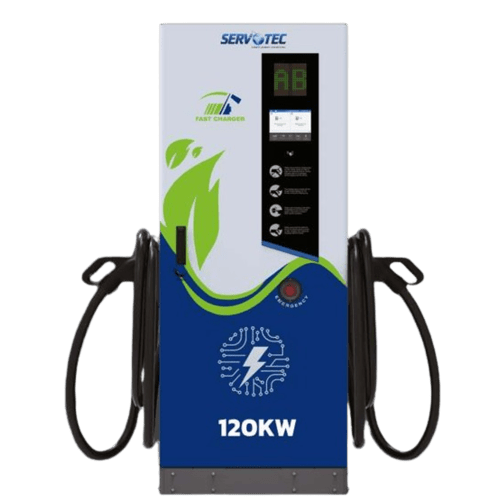
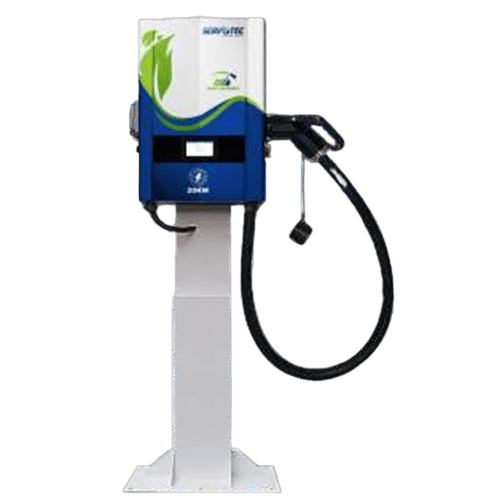
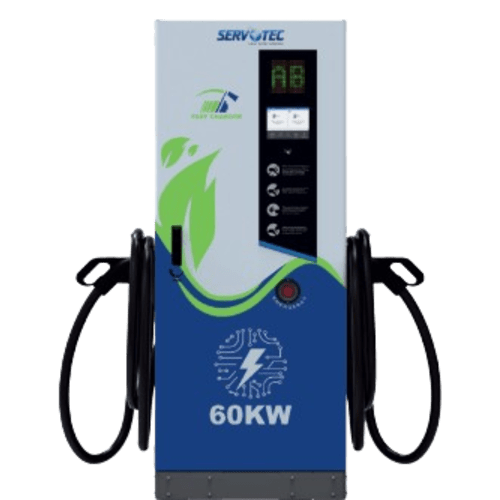
© 2024 Massive Mobility Private Limited. All rights Reserved